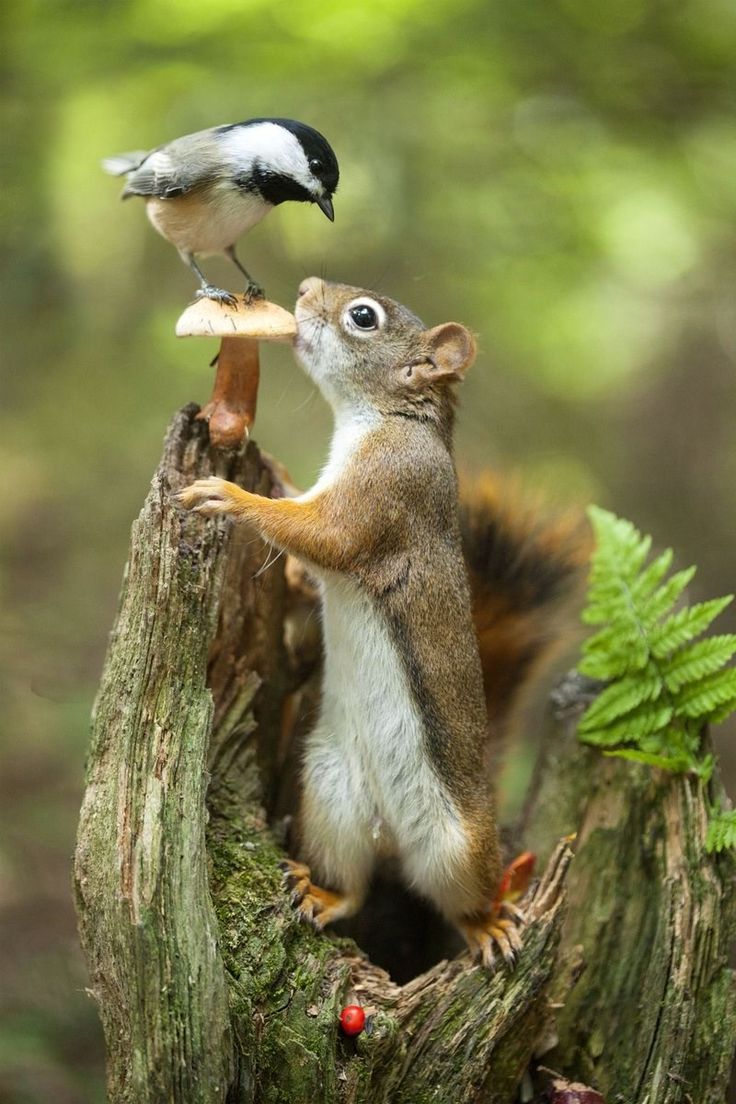
Morning nature vibes are all about capturing the peaceful, fresh energy of the early hours. The natural world at dawn is filled with sights, sounds, and sensations that bring a sense of calm and connection to the earth. Here are some key elements of the morning nature experience:
1. Sunrise
- Timing: The sun rises early in the morning, painting the sky with hues of pink, orange, and purple. The gradual light brings a sense of renewal and clarity, signaling the start of a new day.
- Effects: The sunrise can bring a feeling of hope and optimism, as its light gradually spreads across the landscape.
2. Birdsong
- Melodies: The early morning is when birds are most active, greeting the day with their songs. Many birds sing to mark their territory, attract mates, or simply celebrate the new day.
- Sounds: The sound of chirping, warbling, and rustling leaves creates a soothing and harmonious atmosphere, often used in mindfulness practices.
3. Fresh Air
- Oxygen-Rich: In the morning, the air is often cleaner and cooler than later in the day. Plants release oxygen and absorb carbon dioxide throughout the night, leading to a more refreshing, crisp environment.
- Dew: The early morning dew on grass, leaves, and flowers adds to the freshness. It’s the perfect time to feel the coolness of nature before the sun heats things up.
4. Calmness
- Quietness: In many natural environments, the early morning is a quiet time, free from the hustle and bustle of daily human activity. This peaceful solitude allows for reflection and a deeper connection to nature.
- Stillness: The world often feels still and undisturbed, with little movement except for the gentle sway of trees or the movement of animals like deer or rabbits.
5. Temperature
- Cooler Air: The morning temperature is usually cooler than in the afternoon, especially in the warmer months. This provides a refreshing feeling and makes it an ideal time for outdoor activities like walking, running, or meditating.
6. Nature’s Awakening
- Flora: Flowers open up in the morning, and leaves are often wet with dew. Many plants are more vibrant, with the soft, muted light creating a magical quality.
- Fauna: Animals that are nocturnal may be retreating to rest, while diurnal creatures begin their day, adding to the dynamic life in nature.

Birds can form strong bonds and friendships, both with other birds and with humans. While they may not have “friendships” in the same sense that humans do, many species exhibit behaviors that suggest emotional connections, cooperation, and social relationships.
Here are some key aspects of birds and friendship:
1. Social Bonding in Wild Birds
- Flocking behavior: Many species of birds, such as pigeons, sparrows, and starlings, live in flocks where they form strong social ties. These flocks often consist of individuals that cooperate for mutual benefit, such as sharing information about food sources or protecting each other from predators.
- Pair bonding: Many species of birds form lifelong or seasonal pair bonds. These partnerships are often seen in species like swans, eagles, and penguins. These pairs typically work together to care for offspring, build nests, and defend territories.
- Friendship-like bonds: Some species, like parrots (especially African Grey Parrots), are known to form close, long-term relationships with other birds or with humans. They may play together, groom each other, and share resources, much like friends do.
